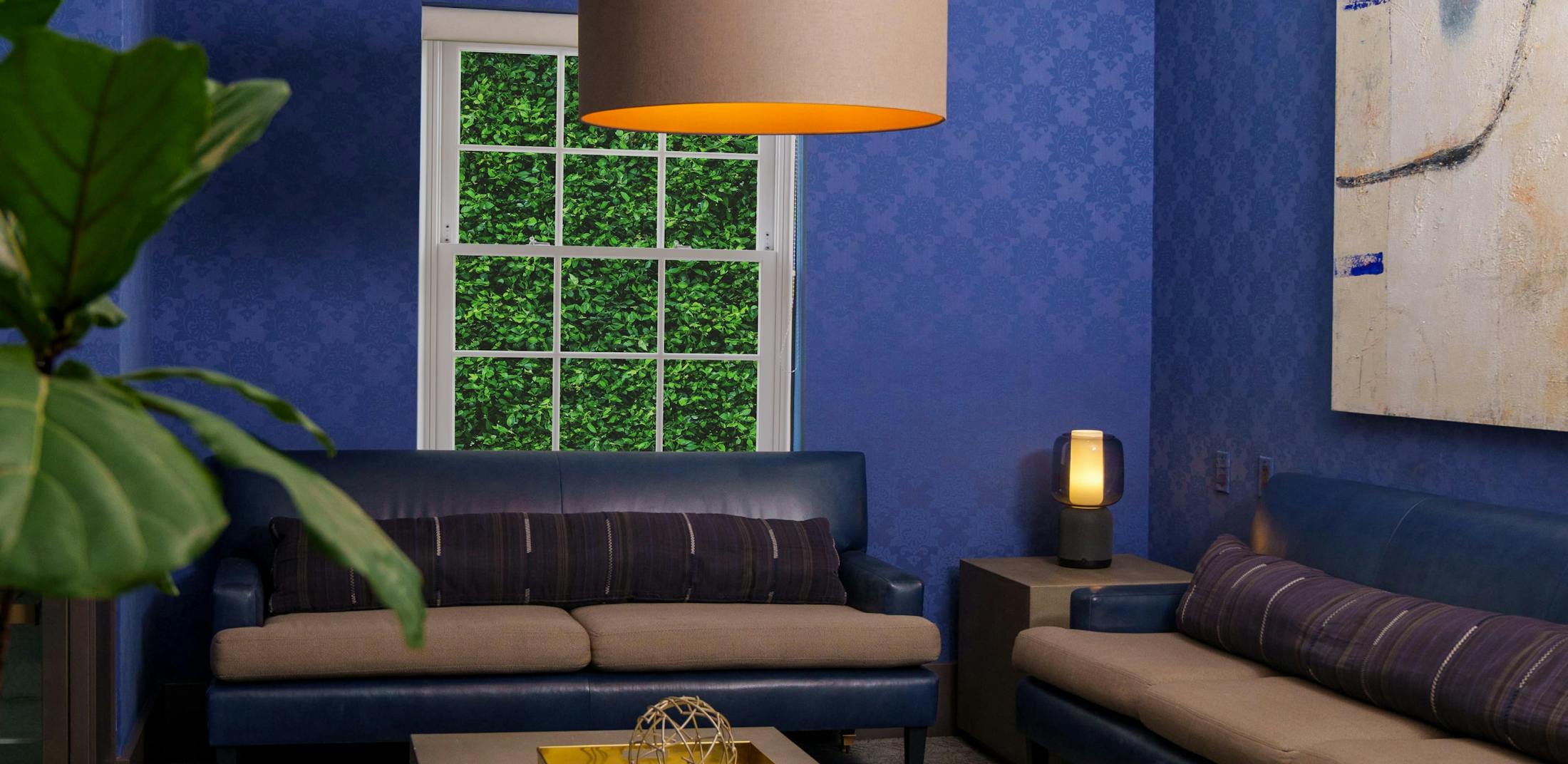
Living with advanced signs of aging on your face can affect your self-esteem and overall quality of life. Thankfully, advanced procedures like the deep-plane facelift technique can rejuvenate your appearance and restore your confidence.
Keep reading to learn more about what a deep-plane facelift is, if you’re a candidate, and what to expect.
What is a Deep Plane Facelift?
A deep-plane facelift in Beverly Hills is a cosmetic procedure that lifts the underlying connective tissues of the face and separates them from the ligaments before repositioning—or ‘redraping’—them. This procedure is an extremely effective procedure to reverse the advanced signs of aging, and produces long-lasting, youthful results. Like other types of facelift procedures, incisions are made along the hairline and ears. However, the deep-plane facelift provides a more dramatic effect because the surgeon can address the signs of aging around the jowls, eyes, nose, and cheeks—not just the cheeks and eyes.
How Does a Deep Plane Facelift Differ From a Traditional Facelift?
The most common alternative to a deep-plane facelift is a superficial musculoaponeurotic system (SMAS) facelift, where the surgeon lifts the connective tissues in the SMAS layer and pulls them back. The main difference between the two facelifts is that the SMAS technique pulls the connective tissues while the deep-plane technique detaches and repositions them. Both deal with the SMAS layer of connective tissue, but the deep-plane technique is often more effective because it doesn’t create tension between the tissue and the ligaments.
Another way to think about it is peeling a banana. The SMAS technique pulls on a portion of the peel, while the deep-plane technique removes the peel and then repositions it. While the phrase “deep plane” sounds more invasive, it’s a more effective way to lift and reposition the skin and tissues.
Who Is a Good Candidate for a Deep Plane Facelift?
 A good candidate for a deep-plane facelift is someone healthy who is experiencing advanced signs of aging. According to the American Society of Plastic Surgeons, most facelift patients are between 55 and 69 years old. However, nearly 50,000 of them are between 40 and 54 years old, while well over 30,000 get the procedure when they are 70 or older.
A good candidate for a deep-plane facelift is someone healthy who is experiencing advanced signs of aging. According to the American Society of Plastic Surgeons, most facelift patients are between 55 and 69 years old. However, nearly 50,000 of them are between 40 and 54 years old, while well over 30,000 get the procedure when they are 70 or older.
In other words, age is not necessarily a factor when determining ideal facelift candidates.
Nevertheless, deep-plane facelifts in Beverly Hills are usually for candidates with advanced cheek sagging, jowls, and/or marionette lines. That alone can increase the average age of deep-plane facelift patients. Everyone ages differently, though, so some younger patients may still be candidates. And even if they’re not, a facelift surgeon can suggest a less invasive alternative, like a mini facelift to deal with minimal signs of aging.
Aside from advanced signs of aging, the most important determining factor is health. Patients must be in good health with minimal comorbidities to qualify for a deep-plane facelift. Still, they should be in good mental health and have realistic expectations regarding the procedure, recovery, and outcome.
What Is the Recovery Process Like?
During the first few days post-op, patients should expect some discomfort, bruising, and swelling. Their face will probably look much worse than it feels, and people typically won’t want to leave the house. The best thing to do during these first few days is to rest, hydrate, and eat a healthy diet.
After the first 7-10 days, stitches are removed. Patients begin to feel back to normal around this time as their swelling and stiffness begins to decrease. Their appearance also gradually improves as the bruising subsides, with many patients feeling ready to go back to work by week two and out to social events by week three. Some patients can resume light exercises after 2-3 weeks.
Even though patients return to their routines within three weeks, the healing is not yet complete. Residual swelling and puffiness continue to decrease for up to six months. There may also be some unevenness in the face as the skin settles.
Patients typically don’t see their final results until about one year after the surgery. During those final months, there will be some gradual changes as the soft tissues settle and the changes look more natural.
Are Deep Plane Facelift Results Permanent?
Put simply, no facelift is completely permanent. Rhytidectomies address signs of aging, but they don’t pause the natural aging process. Eventually, sagging skin and wrinkles will resurface. The good news is that patients will not see those signs of aging for a long time. Deep-plane facelifts typically last about 10-15 years, but the exact timeframe depends on patients’ skincare. With proper precautions—like avoiding excess sun exposure and nourishing the skin daily—patients can maintain the facelift effects for longer. There are also procedures that can help lengthen the effects. For example, plastic surgeons might recommend injectables or fillers to maintain youthful results.
What Are the Risks of a Deep Plane Facelift?
All surgical procedures carry risks—but those risks are extremely minimal with deep-plane facelifts. A 2023 NIH report found that the most common risk of deep-plane facelifts is great auricular nerve injury. Even still, that occurs in only 7% of cases. Skin slough (or peeling) occurs in less than 3% of patients, and hematomas form in less than 2%. Extremely uncommon risks include facial nerve injuries and infections, which affect less than 1%. The vast majority (over 90%) of deep-plane facelifts are successful with no complications. Patients can help minimize risks by choosing an experienced surgeon and taking the necessary pre-surgical precautions like quitting smoking.
Is Scarring Noticeable?
If patients choose an experienced plastic surgeon, scarring will be unnoticeable. Deep-plane facelifts typically require more precision with the incisions, and only a qualified surgeon can achieve that while also expertly hiding the scars.
Highly trained surgeons like Dr. Torkian can blend the incisions in with the natural contours of the face. They can hide the scars along the hairline at the temples, behind the ears, and in the natural creases in front of the ears. Keep in mind that incision placement might change according to individual patient needs. Still, experienced surgeons will know how to hide them.
Patients can also do their part to help minimize scarring, even if the incisions are hidden. Before the procedure, patients should stop smoking and start a nutritious diet with plenty of vitamins and minerals. After the surgery, they should continue those healthy habits and drink plenty of water to ensure quick healing. Another thing that can help is avoiding as much sun exposure as possible.
How Natural Do the Results Look?
Thanks to improved techniques, most modern facelifts look natural. However, the deep-plane facelift often provides more natural results than other techniques. In a deep-plane facelift procedure, the surgeon lifts the SMAS and skin together, making it easier to reposition in a natural way. The results are a more youthful and natural look.
Conclusion
If you’re considering getting a facelift, the deep-plane technique can produce some of the best, most natural results. And if you are in good health with advanced signs of aging, you are a likely candidate.
Just make sure to choose a board-certified, experienced plastic surgeon to handle your procedure. Together, you can discuss your complete health history and personal goals for a deep-plane facelift in Beverly Hills.

